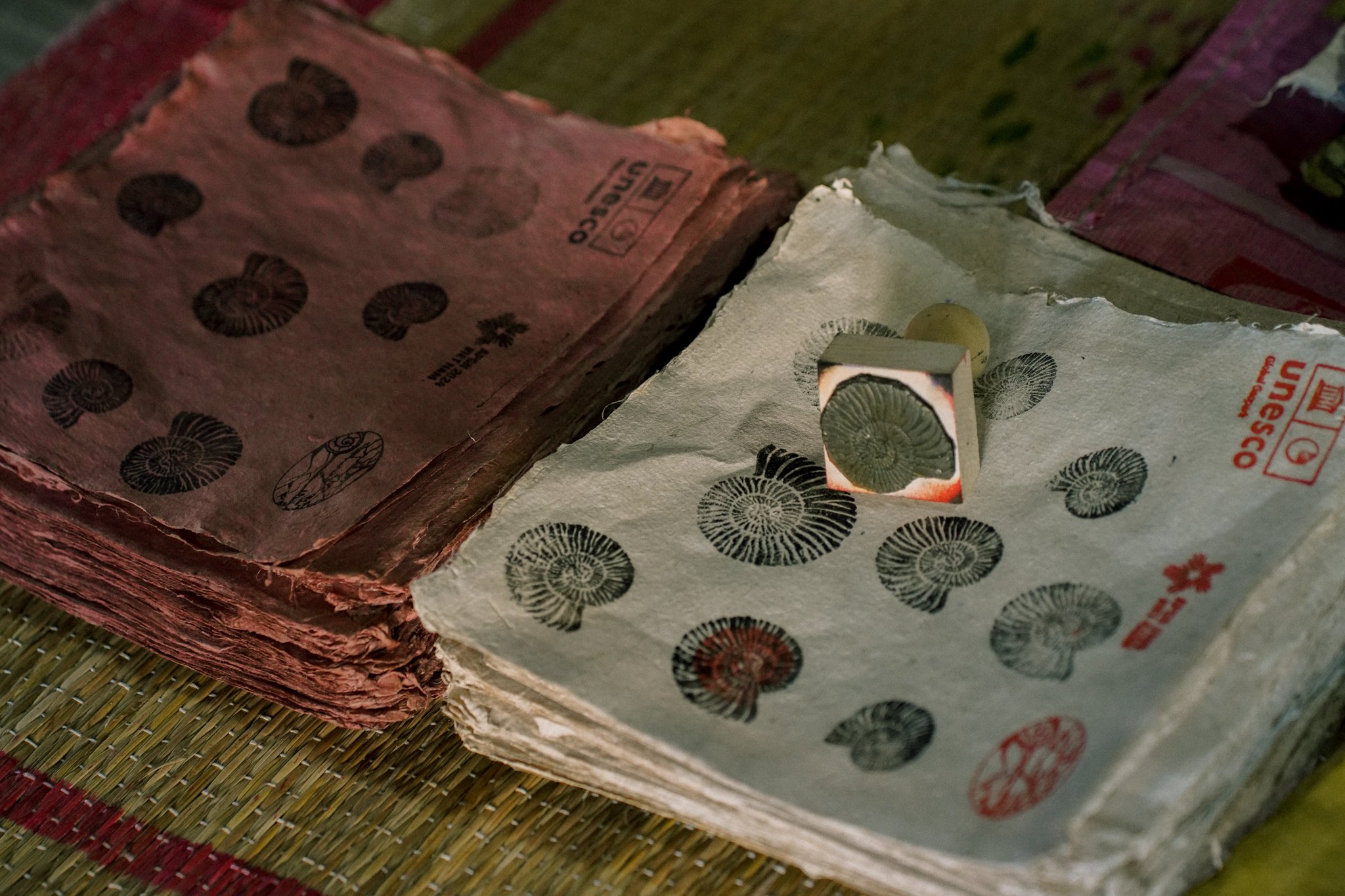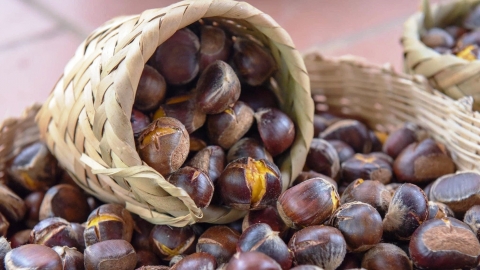In a peaceful valley in Phuc Sen commune, Quang Hoa district (Cao Bang), Dia Tren hamlet appears as a living memory: where the roofs of stilt houses covered with yin-yang tiles nestle on the mountainside, where the smoke from the kitchen and the sound of paper pounding blend with the sounds of the mountains and forests, where the paper-making craft of the Nung An people still quietly exists.
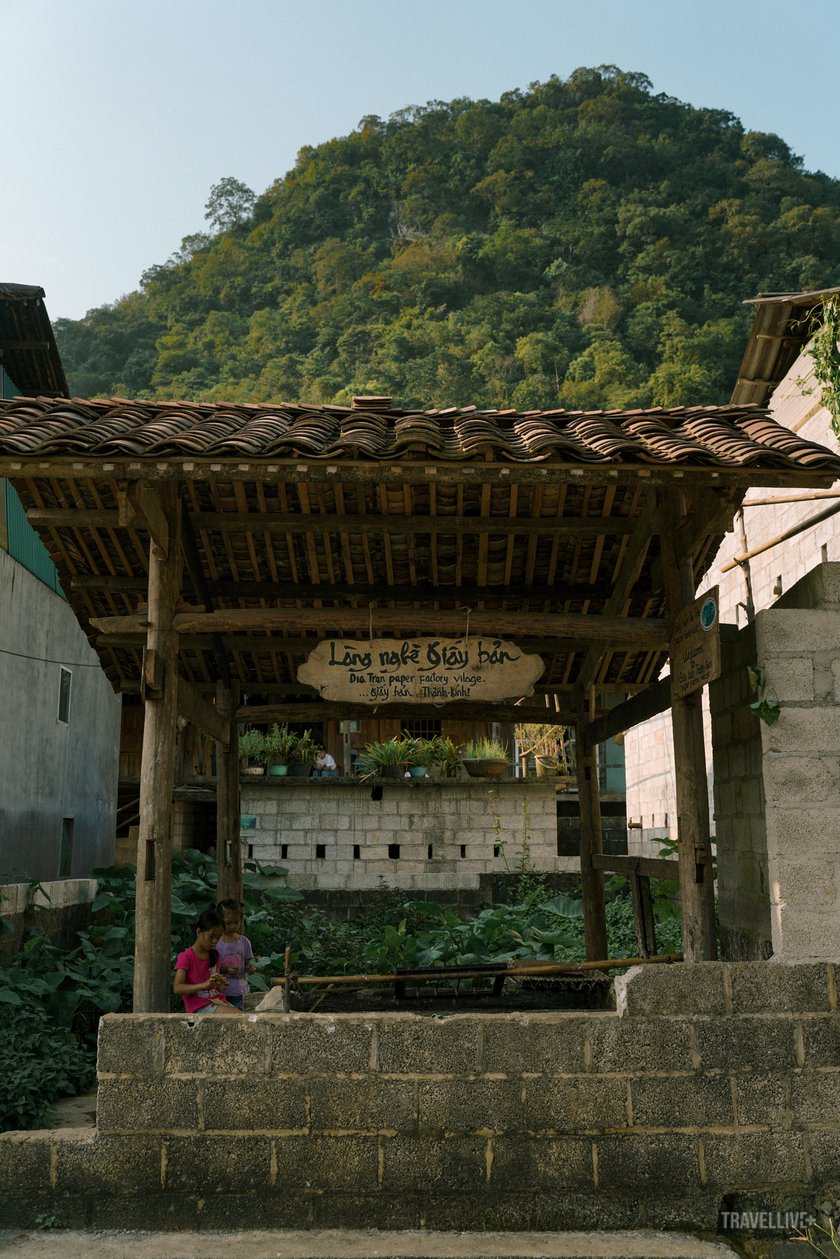
Making paper is a long-standing traditional profession of the Nung An people in Dia Tren village, Quang Hoa, Cao Bang.
Visiting Nong Thi Kinh’s house on a peaceful afternoon, we saw children playing by the stone water trough, which was used to stir the pulp of the rice paper. In the distance, the rice fields were whispering to change color, from lush green to golden yellow, stretching to the foot of the mountain. That simple scene evoked the feeling that time here flows more slowly, to preserve the old features. Inside the rustic wooden stilt house, the rice paper sheets were hung along the wall like slices of memory, quietly telling the story of a craft village that has overcome many seasons of mountain winds.
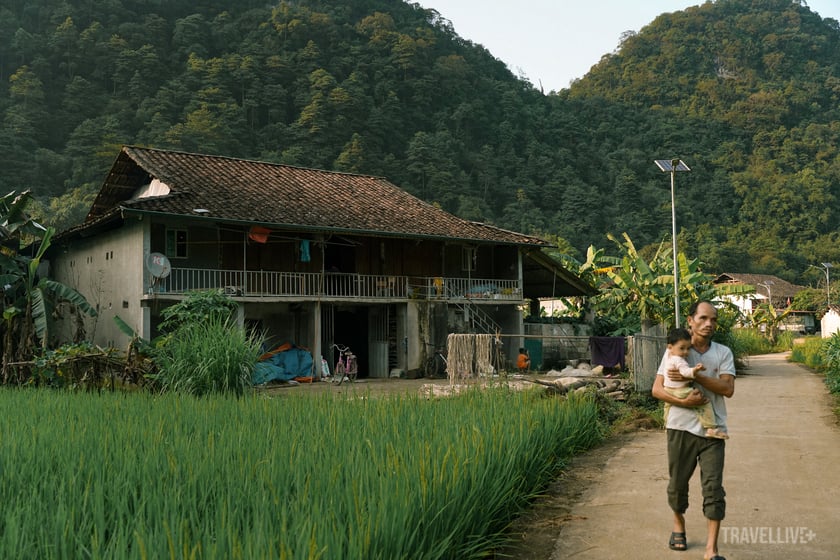

Dia Tren paper village is located deep in a valley, surrounded by rice fields and mountains.
Related articles
The papermaking profession in Dia Tren is not noisy or ostentatious, it is the repetition of manual movements that have been practiced for generations: soaking - pounding - spinning - drying. Each stage is imbued with meticulousness and patience, an invisible asset left by our ancestors, associated with the spirituality, culture and livelihood of the community.
From the bark of the May Sla tree to the paper that keeps the soul of the mountain
The main raw material for making paper is the bark of the May Sla tree - a wild tree that grows on rocky mountain slopes. At first glance, the tree looks like just an ordinary plant, but through the hands of the craftsman, the rough bark becomes the material for smooth, light, flexible and durable sheets of paper that can last for years.

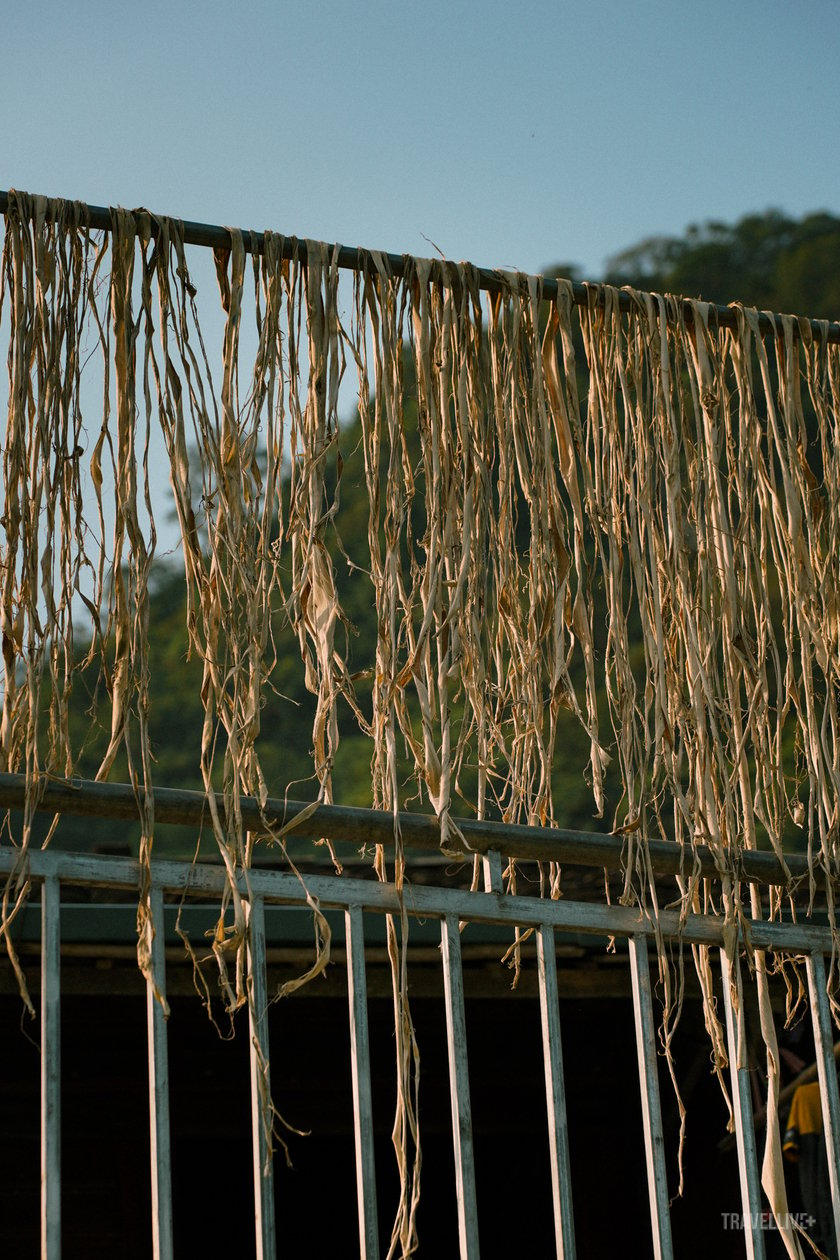
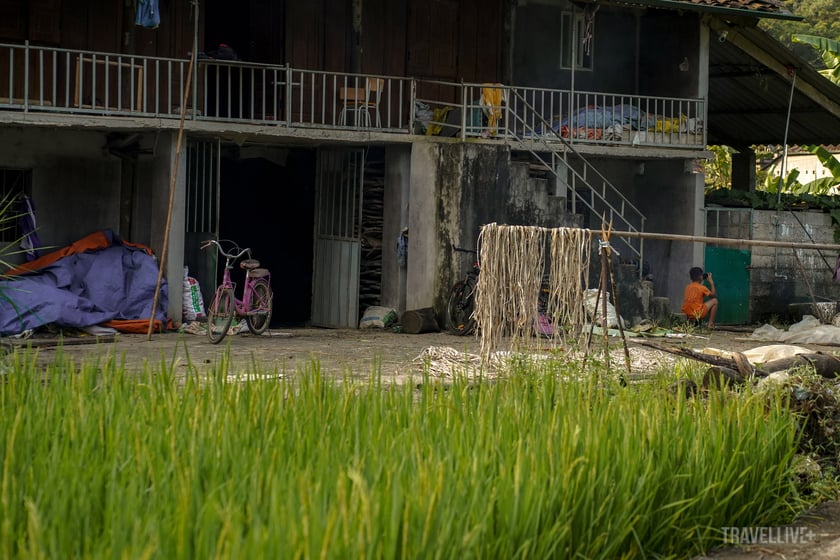
Many families in the village dry the bark of the May Sla tree to make paper.
The process of making paper in Dia Tren is almost the same as the traditional method. The bark is peeled off, keeping the white layer inside, dried, then soaked in stream water for a day. After that, people will soak the bark in lime, roll it up and simmer it for two to three hours, then soak it in the stream for 12 hours before bringing it back and pounding it for about an hour to make the paper more beautiful. The next step is to put the pounded mixture into a water trough and stir it into powder, mixed with the sticky substance taken from the forest trees to create adhesion. The pulp is then scooped into a mold, spread evenly into thin sheets, then pressed and dried on a dirt wall so that the sun and wind of Cao Bang can do the rest.
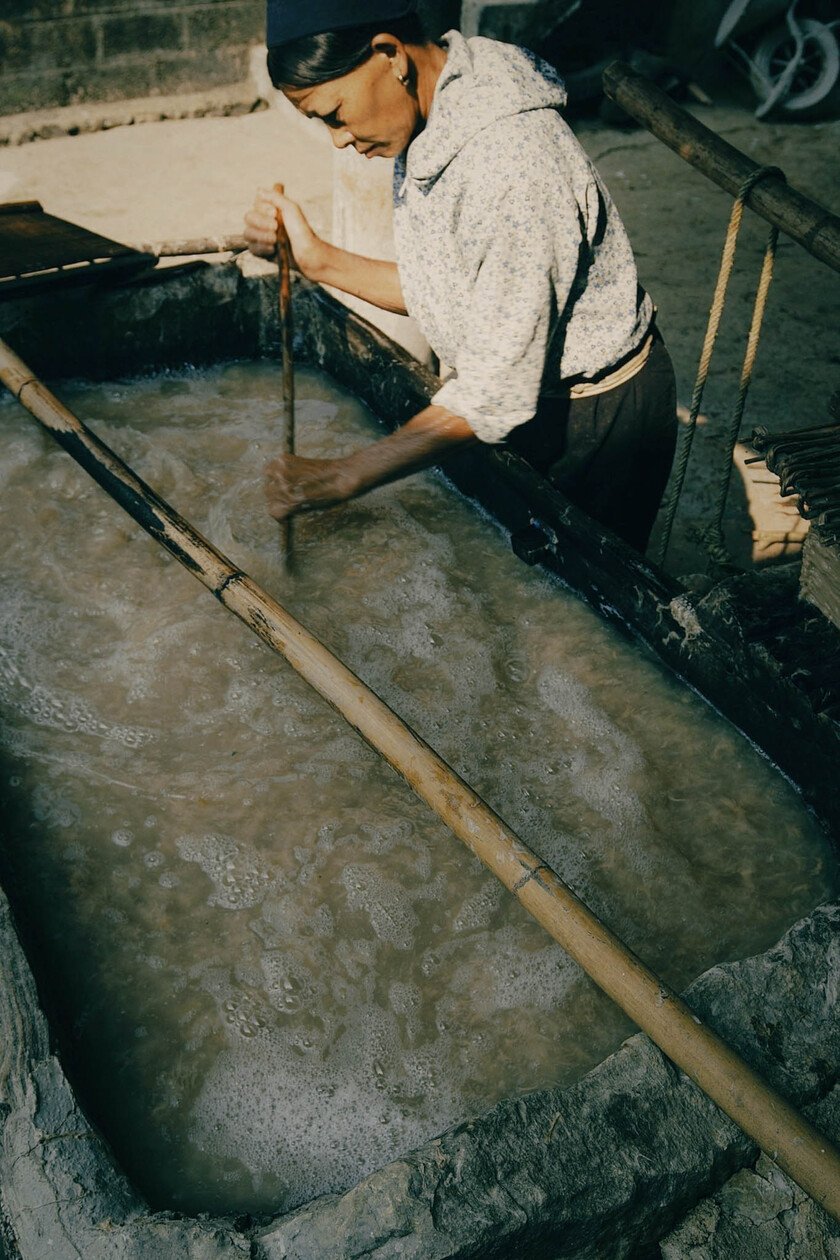
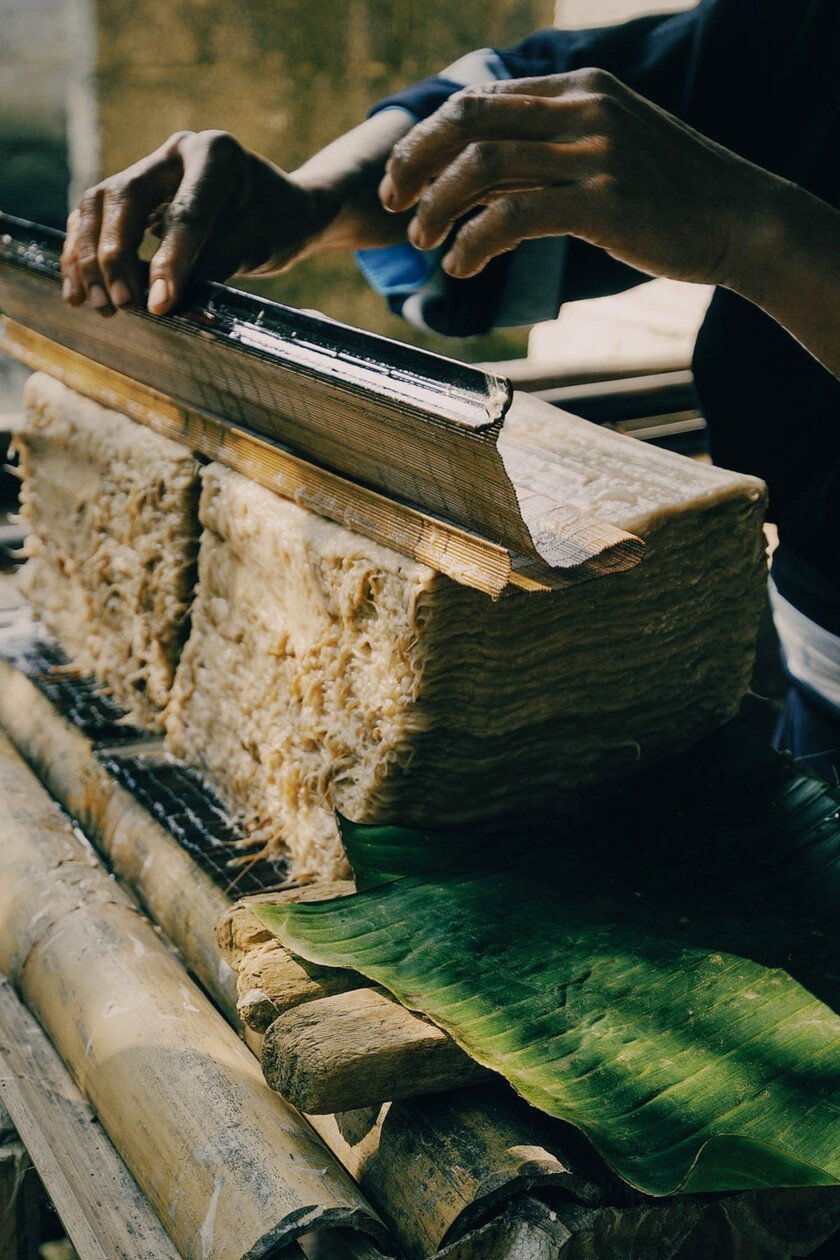
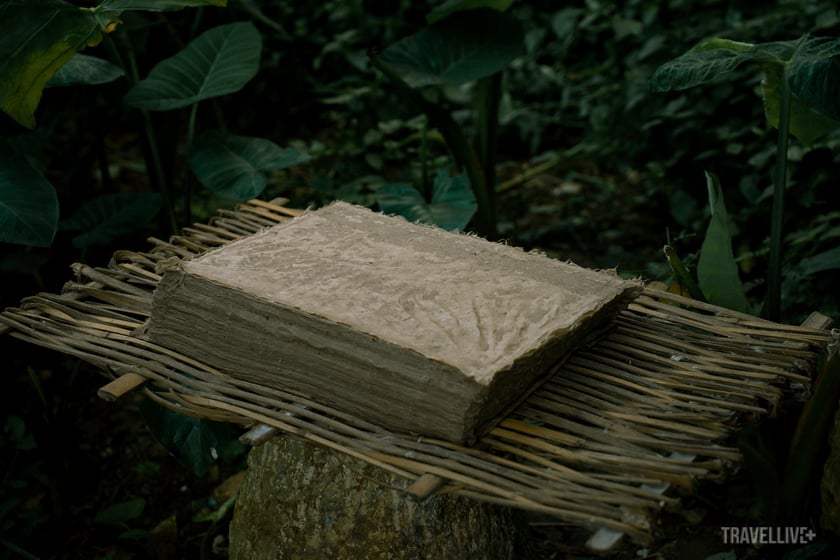
The finished sheets of paper after many meticulous manual steps
Mrs. Nong Thi Kinh, an artisan in the village, likened the paper-making process to "raising a child": "You can't rush, you can't do it by hand. If you don't soak it for enough time or stir it evenly, the paper will be ruined, and you'll lose the whole batch. This job requires patience and dedication."
Made entirely from natural materials, the paper is porous, light, tough and durable over time, serving the daily needs of ancient people without harming the environment.
Traditional professions in the midst of an uncertain reality
Dia Tren Hamlet has 65 households, 100% of whom are Nung people, of which 40 households still maintain the craft of making paper. This is a respectable number in the context of the traditional craft gradually being lost due to the rise of modern industry. The income from paper making is not high, but the effort is a lot, causing many young people to choose to leave the village to seek other opportunities.
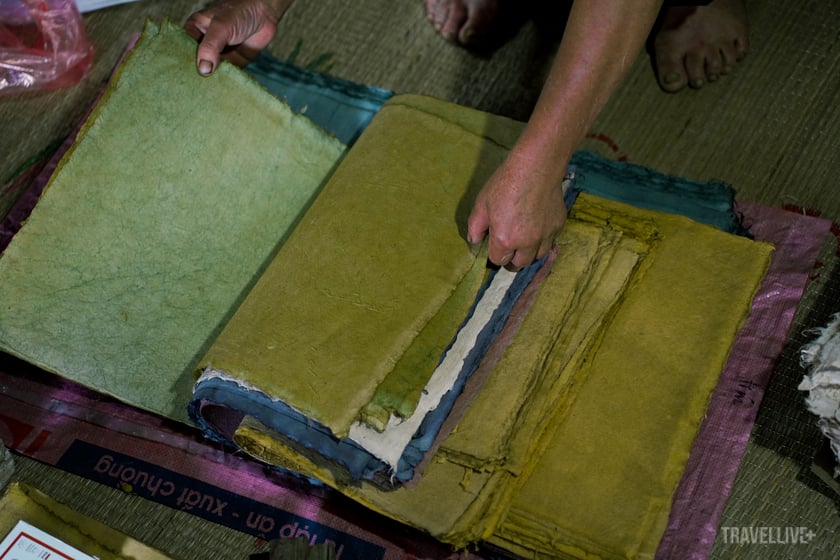
The craft of making paper is facing the risk of extinction due to the popularity of industrial paper.
Many artisans also have the same concern as Mrs. Kinh: If their children do not continue, who will preserve these old techniques? Without people making paper, only one thing will remain in books and newspapers...
Traditional paper, which is widely used in spiritual life such as writing prayers, making offerings, decorating altars, etc., is gradually being replaced by more convenient industrial products. Market pressure and modern demands put the craft village at risk of being forgotten.
Awakening Heritage - A New Direction
Faced with this situation, the Management Board of Non Nuoc Cao Bang UNESCO Global Geopark has coordinated with local authorities to build Dia Tren village into a partner in developing experiential tourism. Since 2021, households have been instructed to innovate products, creating added value from paper: notebooks, fans, paper flowers, cards, drawing paper, gift bags, etc. Infrastructure items such as signs, parking lots, and exhibition areas have also gradually taken shape, bringing new vitality to the craft village.

From traditional paper, craftsmen have created diverse and creative items to serve the souvenir buying needs of tourists.
Tourists come to Dia Tren not only to see the paper-making process, but also to directly experience the stages: from pounding the pulp to coating the mold and drying the paper. This experience helps visitors understand more deeply the value of handmade products, something that a sheet of industrial paper cannot convey.
“Tourists can only make one sheet in a whole session, then they understand the effort of the craftsman. The more they understand, the more they appreciate and are willing to buy the product as a gift or souvenir,” a local shared.


Thanks to the participation of the government and the tourism industry, the paper making profession in Dia Tren village has shown signs of improvement.
Thanks to the connection with tourism agencies, restaurants, and homestays, paper products gradually have more stable output. Some households in the hamlet have also received orders from souvenir shops in the center of Cao Bang city. These positive signals are like new sunshine after many gloomy days, bringing hope to revive an old profession.

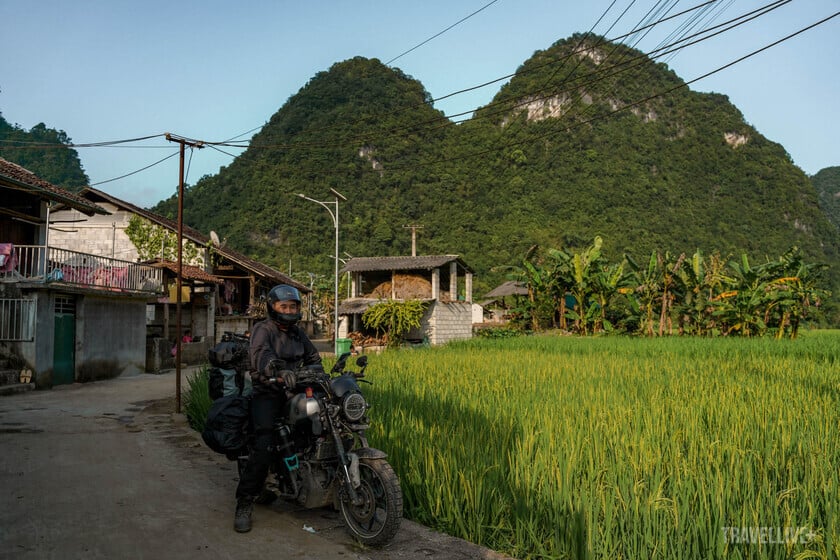
Many tourists come here to learn about traditional paper making.
Dia Tren paper is part of Cao Bang heritage, where majestic nature blends with ethnic minority culture to create a unique picture. And like those light, durable sheets of paper, the traditional craft here still needs to be cherished and preserved by the joint efforts of the community, government and tourists. So that Dia Tren paper is not just a material, but a living symbol of a culture that continues to write its story in the heart of the times.






